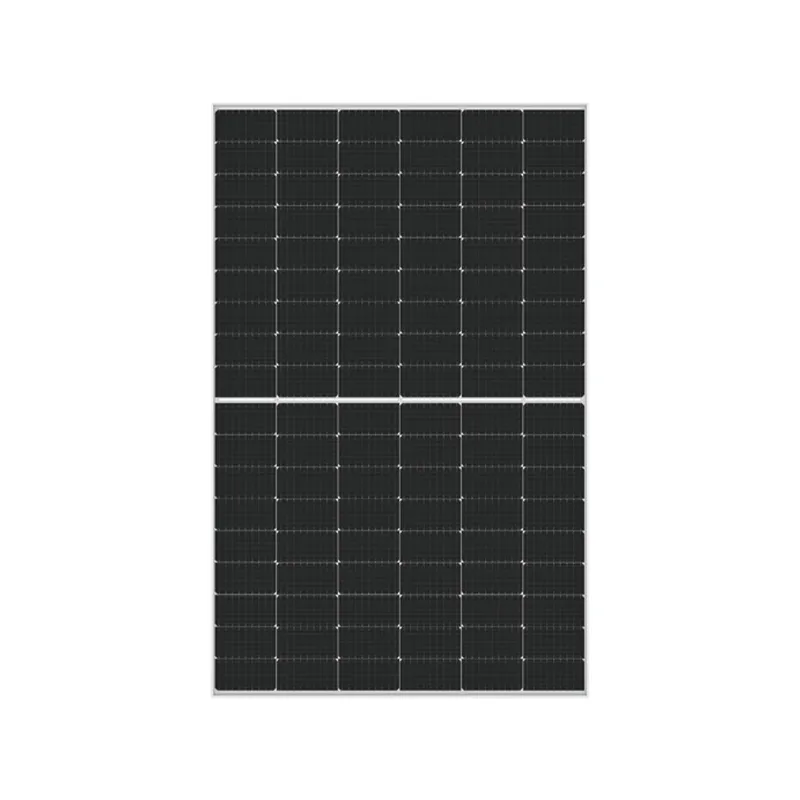monofacial vs mono perc
Monofacial vs. Mono PERC Solar Panels A Comparison
As the world continues to shift towards renewable energy sources, solar power has emerged as a leading alternative to fossil fuels. Among the various technologies available, monofacial and mono PERC (Passivated Emitter and Rear Cell) solar panels have gained significant attention in the market. Understanding the differences, advantages, and applications of these two types of solar panels can help consumers and businesses make informed decisions.
What are Monofacial Solar Panels?
Monofacial solar panels are the traditional type of solar panel designed to capture sunlight from one side only—the front. These panels are made of silicon cells that convert sunlight into electricity and are the most commonly used solar technology globally. The front of the panel typically features a protective layer of glass, which allows sunlight to pass through while shielding the cells from environmental factors like rain, hail, and dust.
What are Mono PERC Solar Panels?
Mono PERC panels, on the other hand, are an advancement of traditional monofacial technology. They also capture sunlight from the front but introduce a passivation layer on the rear side of the cells. This layer helps to reduce electron recombination—a phenomenon that decreases the efficiency of the solar cells. By allowing the cells to better utilize the sunlight that strikes them, mono PERC panels can achieve higher efficiency rates compared to standard monofacial panels.
Performance Differences
The performance of solar panels can be evaluated through their efficiency and energy output. Mono PERC panels typically have higher efficiency ratings, often ranging from 20% to 23%, compared to monofacial panels, which usually see efficiencies between 15% and 20%. This greater efficiency means that mono PERC panels can generate more electricity from the same amount of sunlight, making them ideal for locations with limited space for solar installations.
monofacial vs mono perc

Moreover, the design of mono PERC panels allows them to perform better in low-light conditions. The rear passivation layer reflects unutilized sunlight back into the cells, enhancing output during overcast days or early morning and late afternoon when sunlight is less intense.
Installation Considerations
When it comes to installation, both types of panels can be mounted on rooftops, ground mounts, or solar farms. However, mono PERC panels may require specific mounting techniques to maximize their advantages. Given their higher efficiency, fewer panels may be needed, which can reduce the overall installation cost in terms of labor and mounting equipment.
Additionally, the aesthetic aspects may play a role in consumer preference. Monofacial panels tend to have a more classic appearance, while the advanced technology employed in mono PERC panels may be viewed as more modern, appealing to tech-savvy consumers.
Cost Analysis
Cost is an essential factor when selecting solar panels. Typically, mono PERC panels come at a higher initial investment due to their advanced technology and superior performance. However, the long-term savings on electricity bills and potential incentives for installing high-efficiency panels can offset this initial expense over time. Monofacial panels remain a budget-friendly option, making them suitable for larger installations or residential applications where space is not a constraint.
Conclusion
Choosing between monofacial and mono PERC solar panels ultimately depends on specific needs, budget, and installation space. If maximizing efficiency and performance in limited areas is a priority, mono PERC panels may be the better investment. However, for those looking for a cost-effective solution with standard efficiency, monofacial panels still offer reliable performance. As solar technology continues to evolve, both types will have their place in the future of renewable energy, contributing to a more sustainable planet. Ultimately, the best choice will align with individual goals—whether for residential, commercial, or utility-scale solar power applications.
-
Unlocking Energy Freedom with the Off Grid Solar InverterNewsJun.06,2025
-
Unlock More Solar Power with a High-Efficiency Bifacial Solar PanelNewsJun.06,2025
-
Power Your Future with High-Efficiency Monocrystalline Solar PanelsNewsJun.06,2025
-
Next-Gen Solar Power Starts with Micro Solar InvertersNewsJun.06,2025
-
Harnessing Peak Efficiency with the On Grid Solar InverterNewsJun.06,2025
-
Discover Unmatched Efficiency with the Latest String Solar InverterNewsJun.06,2025







